Alright, maybe I should have said ‘Traveling with kids doesn’t have to be painful.’ Every year, families have to make tough decisions about what to do with their limited vacation days. From a 30 minute drive to a nearby park for a hike to a trans-Pacific flight, parents decide whether or not to travel with their children for a variety of reasons. For many, it can be a hard decision. A lot of parents dread traveling with kids or avoid it altogether, and it doesn’t have to be that way.
My wife and I recently traveled to Germany and Switzerland with our 14 month old son, Jack. We’ve taken Jack on more than 10 flights since he was 8 weeks old, ranging from 30 minutes to 12 hours. We’ve driven him across the country and back (well not quite all the way, but Arizona to New Jersey is pretty close!). During these travels we’ve learned a ton about traveling with kids, but certainly can’t say we’ve experienced it all. So I put out a call on Facebook and Twitter to family and friends asking: “what is the biggest piece of advice you’d give to other parents traveling with their kids?” I’ll give a breakdown of the responses later in this article, but first I want to address a common theme: A lot of parents said something to the effect of, “Its a trip with kids, its a vacation without them.” Without getting deep into a discussion about the definitions of trip and vacation (academics love that shit), I’ll start by saying that this sentiment is shared by a LOT of parent travelers, but not by me. I’m not saying people shouldn’t travel without their kids – of course, ‘escape’ is one of the main reasons people travel, and many parents justifiably need an escape from parental responsibilities every now and then to maintain their sanity. My own take is that you can have your kids with you and still ‘escape.’ It really boils down to your traveler personality, which plays an important role in your expectations for your travels. Let me explain.
Expectations
If you’re expecting to have the same experience when traveling with children that you did when you were traveling without them, you will probably disappointed. This is something that a lot of parents brought up in their responses as well. Travelers with differing travel personalities are divergent in their expectations for what a vacation is. For those travelers who view vacation as sitting on the beach or by the pool having everything taken care of for you and blissfully unaware of whatever responsibilities you may have left at home (The Trip Doctor Traveler Personality Quiz calls these travelers ‘Relaxers‘ or ‘Daytrippers‘), then traveling with kids is probably less appealing to you. That’s because traveling with kids can be very uncomfortable. Kids (young kids especially) can get thrown out of whack if you change time zones, have no sense of what is culturally appropriate, and generally don’t do very well when confined to small spaces like a car, train, or airplane for long periods of time. Throw in different foods than they are used to and a schedule that likely deviates from their norm, and you have a recipe for cranky kids. The thing is, some people don’t mind it as much as others…and some even thrive on the chaos (The Trip Doctor Traveler Personality Quiz calls these travelers ‘Explorers‘ or ‘Trendsetters‘). This is not to say that 100% of Relaxers or Daytrippers wouldn’t enjoy traveling with children or 100% of Explorers or Trendesetters would – these are simply tendencies that these personalities usually have (If you’re an Adapter, you could really go either way!). Knowing your traveler personality and adjusting accordingly is one of the best things you can do to manage expectation of travel with children.
Regardless of your traveler personality, there are some great travel experiences that you can look for to make travel enjoyable for both parents and kids. A private tour of a fancy wine cellar? Probably not the best choice. An 8 course prix fixe dinner that will probably take 4 hours? No kid is going to enjoy that. Here are some better suggestions:
- Go hiking. Can be done in nature or cities. If you don’t have a backpack for your little ones, you can get one fairly inexpensively and it will change your world. Added benefit that being outside all day tires kids out so they nap/sleep well.
- Go to a zoo or aquarium. Zoos and aquariums have the double benefit of being interesting for kids and also featuring learning components to teach them about ecology and biology.
- Go to a museum that has a good interactive element. Children’s museums are great, but a lot of other museums are stepping up their game with augmented reality and learning games for kids, too!
- Go camping! Camping doesn’t even have to be in a tent…there are great options for every budget with RV Rentals, fully furnished or rustic cabins, or even hut to hut hikes in the mountains.
- Theme parks. Disney World isn’t for everyone, but theme parks are designed with kids in mind and usually do a great job of keeping them engaged all day.
- Check out the local library. Aside from having some super cool culture/ architecture/design for adults to check out, libraries usually have a great areas for kids to play and learn.
A compromise, perhaps?
To me, the happy medium solution to the traveling with or without children question for all types of travelers is to travel with children, but schedule some days or evenings without them by hiring a local babysitter. It can be difficult to find a babysitting outside of your normal area (its hard enough finding a good babysitter in your home town!), but there are some resources out there available to help you:
- Ask your social network – chances are you know someone who knows someone who has raised a kid in the place you’re going.
- Ask your hotel concierge or AirBnB host. They will often have pre-established relationships with trusted sitters in your destination.
- Utilize a website like care.com that is designed specifically for this purpose.
Chances are, you’ll be able to find a suitable sitter using one or more of those resources, and can schedule some time away from the kiddos to have your escape.
Some specific tips from seasoned parent travelers:
When I put out the call to my social network asking for “the biggest piece of advice you’d give to other parents traveling with their kids?” I got a ton of great answers. I found all of the answers valuable in their own way, so I’m going to include them all here, with those that had multiple similar responses first:
“Be FLEXIBLE. Expect the unexpected.”
“We discovered the power of a dollar store calculator. He’d push buttons on it for long stretches of time. We had them everywhere. Highlights magazine has a book for kids under 2 called Hello that worked well for us too.”
“Extra time for everything, snacks, and bring familiar creature comforts. We took the boys everywhere we could and now they are super easy and fun travelers.”
“Nurse or feed milk or something on takeoff and landing. Get a sling or kid backpack and leave the stroller at home.”
“Bring a tape dispenser. It’s hours of fun on a long flight (or at least minutes).”
“Hold off on naps so they’re really tired when you get on the plane or in the car so they sleep!”
“We found getting our kiddo his own seat and using a low profile car seat (Diono makes a travel one) on the plane was so much easier than keeping him on the lap. He couldn’t squirm when he was strapped in! And it was comfortable as well as familiar.”
“Don’t plan connecting flights if you can help it.”
“Oh, and i know kids can be “lap children” until the age of 2, but really thats BS. After they can walk it turns into a mini wwf wrestling match in your lap. Just buy an extra seat and save your sanity.”
The bottom line
Traveling with kids doesn’t have to be a nightmare. With some planning, preparation, adjustment of expectations, and luck, traveling with your kids can be just as enjoyable as traveling without them. They might not remember the trip, but the memories you make together will last a lifetime, and there are always pictures…like the one up above of my family and I.

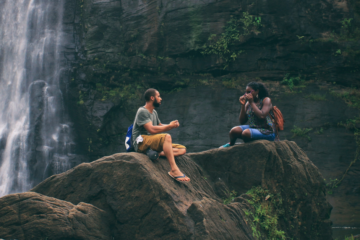


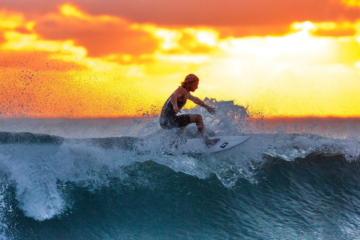

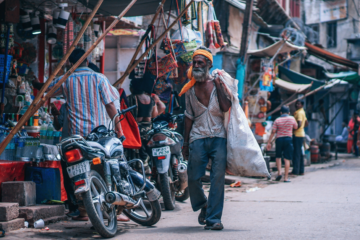
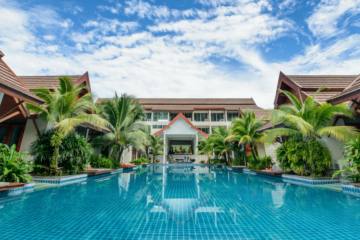

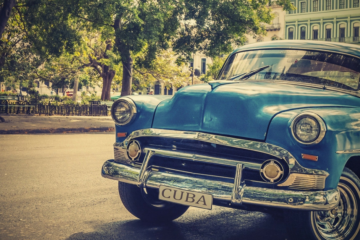

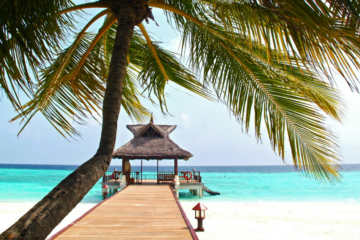
 If you’ve flown to your destination, you’ve probably been exposed to a whole host of germs and spent time in the very dry recirculated air of an airplane.
If you’ve flown to your destination, you’ve probably been exposed to a whole host of germs and spent time in the very dry recirculated air of an airplane.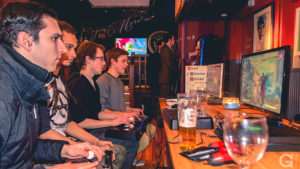 Go to a local gaming cafe. Even if you’re not a ‘gamer,’ going to a gaming cafe to plug in and zone out for a little while can be a lot of fun. You don’t even have to play the latest first person shooters – many gaming cafes have classics that will take you back to your early days playing Pong/Burger Time/Super Mario/Pacman in the basement with your friends and family.
Go to a local gaming cafe. Even if you’re not a ‘gamer,’ going to a gaming cafe to plug in and zone out for a little while can be a lot of fun. You don’t even have to play the latest first person shooters – many gaming cafes have classics that will take you back to your early days playing Pong/Burger Time/Super Mario/Pacman in the basement with your friends and family.